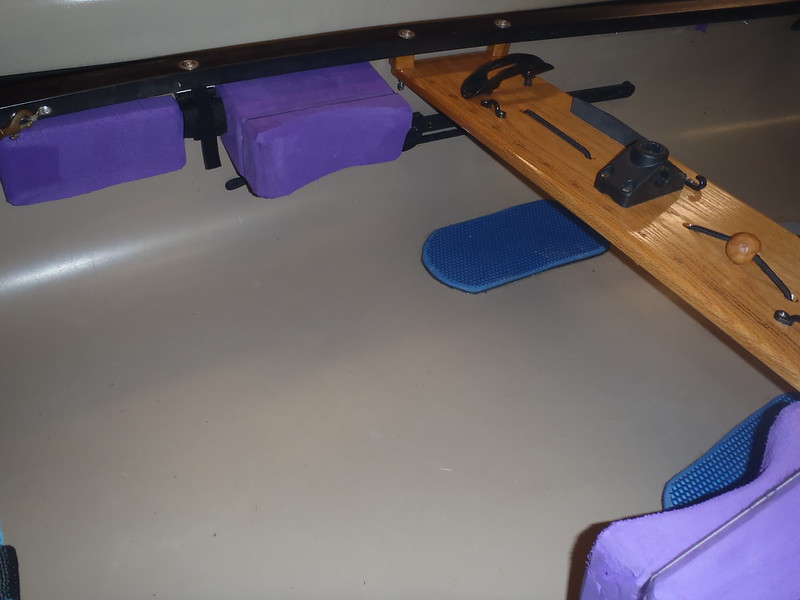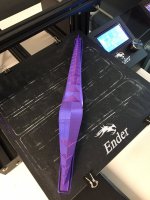Hello,
I‘m brand new to this site but not to canoeing. I’m currently designing a solo canoe for adventure canoe races. I have the general shape in one of my softwares (Rhinoceros), but I’d like to get it in Delftship so I can run calculations on it and tweak accordingly. I still have a lot to learn with it and currently just getting more familiar with it.
How many of you use Delftship (free version) and would any of you mind sharing any canoe design files with me so I can study them within the software? I’m sure this would help me understand it better if I can view some completed designs. I would use them for reference only as I don’t plan to copy them in any way.
On another note for those that have designed canoes with Delftship: Do you start from scratch, use background images and create a hull from plans you already have, or a mixture of both?
My ultimate goal is to design and build a solo boat to paddle and hopefully complete the Texas Water Safari in it. It’s a 260 mile race here in Texas. I raced in 2018 in a boat I built but only made it 200 miles before I was DQ’d. The 2 things I learned from that boat is that I could have used more freeboard, but definitely more stability. The tippiness of that boat started taking its toll on my core 150 miles in.
I wasn’t sure if this is where I should post this, or if it should be in a different category. Moderators, please move if t should reside elsewhere on the site.
I welcome and appreciate any help offered.
Cheers,
Jeff
I‘m brand new to this site but not to canoeing. I’m currently designing a solo canoe for adventure canoe races. I have the general shape in one of my softwares (Rhinoceros), but I’d like to get it in Delftship so I can run calculations on it and tweak accordingly. I still have a lot to learn with it and currently just getting more familiar with it.
How many of you use Delftship (free version) and would any of you mind sharing any canoe design files with me so I can study them within the software? I’m sure this would help me understand it better if I can view some completed designs. I would use them for reference only as I don’t plan to copy them in any way.
On another note for those that have designed canoes with Delftship: Do you start from scratch, use background images and create a hull from plans you already have, or a mixture of both?
My ultimate goal is to design and build a solo boat to paddle and hopefully complete the Texas Water Safari in it. It’s a 260 mile race here in Texas. I raced in 2018 in a boat I built but only made it 200 miles before I was DQ’d. The 2 things I learned from that boat is that I could have used more freeboard, but definitely more stability. The tippiness of that boat started taking its toll on my core 150 miles in.
I wasn’t sure if this is where I should post this, or if it should be in a different category. Moderators, please move if t should reside elsewhere on the site.
I welcome and appreciate any help offered.
Cheers,
Jeff



